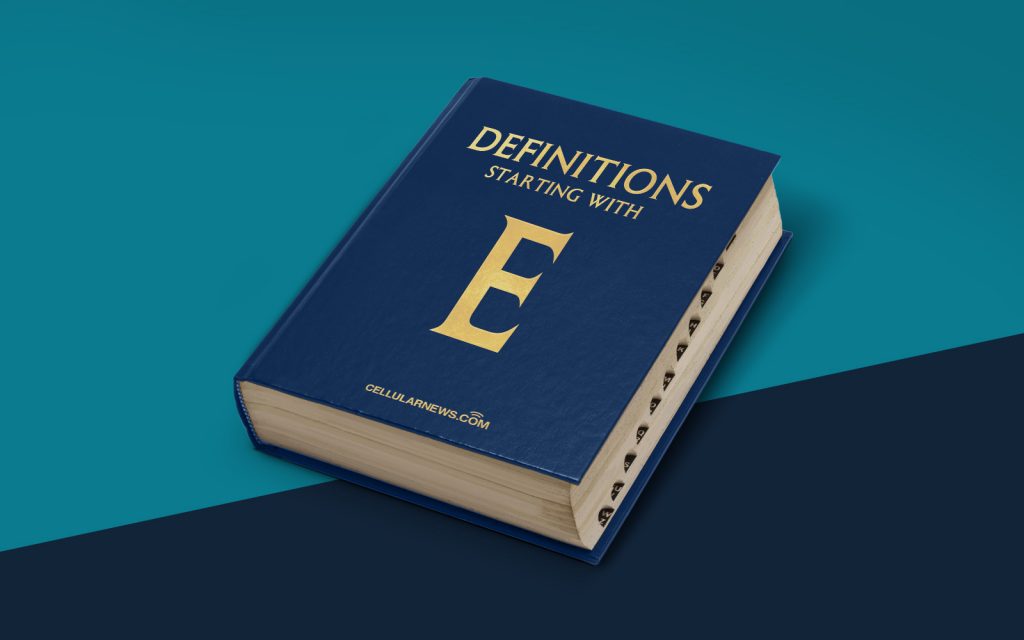
What is Electromagnetic Induction?
Welcome to our “Definitions” series where we explore various topics and provide clear and concise explanations. In this installment, we delve into the intriguing concept of electromagnetic induction.
Have you ever wondered how electricity is generated or how the humble transformer works? These marvels of modern engineering are made possible by the phenomenon known as electromagnetic induction.
Key Takeaways:
- Electromagnetic induction is the process of generating an electric current in a conductor by varying the magnetic field around it.
- It was first discovered by Michael Faraday in the early 19th century and laid the foundation for many electrical devices we rely on today.
So, what is electromagnetic induction exactly?
At its core, electromagnetic induction can be defined as the generation of an electric current in a conductor when it is exposed to a changing magnetic field. This fascinating phenomenon was first elucidated by the brilliant physicist Michael Faraday in the early 1800s. Faraday’s groundbreaking experiments led to the development of the principles behind countless electrical devices and laid the foundation for the modern world as we know it.
To better grasp this concept, let’s break it down into its fundamental components:
- Electric Current: Electric current is the flow of electric charge through a conductor. It is this flow of electrons that powers all our electrical devices and makes them functional.
- Magnetic Field: A magnetic field surrounds a magnet or a current-carrying wire. It is an invisible force that exerts its influence on other nearby objects or conductors.
- Conductor: In the context of electromagnetic induction, a conductor is typically a wire or a coil that allows the flow of electric current. Materials such as copper, aluminum, and silver are commonly used as conductors due to their excellent electrical properties.
- Changing Magnetic Field: The crucial aspect of electromagnetic induction is the presence of a varying or changing magnetic field. When this magnetic field interacts with the conductor, it induces an electric current within it.
So, how does electromagnetic induction work in practice? Let’s consider the example of a simple generator. In a generator, a magnet is rotated near coils of wire. As the magnetic field around the wire changes due to the movement of the magnet, an electric current is induced within the wire. This current can then be harnessed and used to power various electrical appliances.
Electromagnetic induction is also the driving principle behind the function of transformers. These devices are crucial in stepping up or down voltage levels to ensure efficient transmission of electrical energy across power grids.
Key Takeaways:
- Electromagnetic induction is the process of generating an electric current in a conductor by varying the magnetic field around it.
- It was first discovered by Michael Faraday in the early 19th century and laid the foundation for many electrical devices we rely on today.
From powering our homes to revolutionizing industries, electromagnetic induction plays a pivotal role in our modern technological advancements. Its discovery and subsequent applications have transformed the way we live, work, and interact with the world around us. So, the next time you switch on a light or charge your phone, take a moment to appreciate the wonders of electromagnetic induction.
